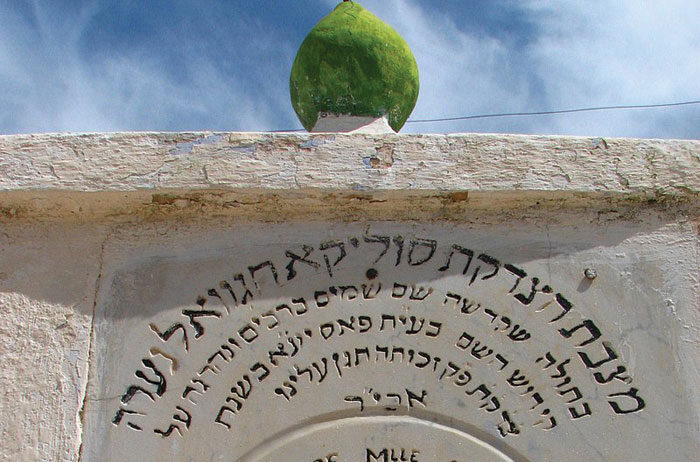 Tombstone of Solica Hatchouel
Tombstone of Solica Hatchouel In last week’s column, I described the extraordinary story of a 19th-century Moroccan Jewish teenager named Solica Hatchouel, also known as Sol HaTzaddikah (“the righteous Sol”) or Lalla Suleika (“holy lady Suleika”). In some ways, she was a Jewish Joan of Arc, yet most Jews have not heard of her.
Solica was falsely accused of converting to Islam, and then wanting to return to Judaism, a grievous crime punishable by death. She refused repeated offers to convert to Islam (as well as repeated marriage proposals, including, it is believed, an offer by the sultan’s son). Even the hachamim of Morocco begged her to comply because the Jewish community was also at risk, but Solica refused to abandon Judaism. Rather than decide her fate himself, the sultan placed her case into the hands of the cadi, or an Islamic judge and court.
Solica’s final words are astonishing: “Do not make me linger — behead me at once — for dying as I do, innocent of any crime, the G d of Abraham will avenge my death!”
That sealed Solica’s fate. The Jewish community was mortified to learn that she was sentenced to beheading on market day in 1834. The executioner first made sharp cuts in her neck, hoping she would finally agree to convert. Solica’s final words are astonishing: “Do not make me linger — behead me at once — for dying as I do, innocent of any crime, the G d of Abraham will avenge my death!”
Believing she would still relent, the executioner cut off her limbs, but still Solica would not convert. Some believe that Solica Hachuel was beheaded on June 5, 1834, while others claim the date is unknown and hold the annual hilloula (pilgrimage) to her tomb in May or June to coincide with the passing of Rabbi Haim HaCohen, another Jewish tzaddik (saint) who also is buried in the Fez Jewish cemetery.
Of that dark day in Fez, Eugenio Maria Romero, a Christian scholar, wrote, “The Moors, whose religious fanaticism is indescribable, prepared, with their accustomed joy, to witness the horrid scene. The Jews of the city … were moved with the deepest sorrow, but they could do nothing to avert it.” Romero claimed he interviewed those who knew Solica, including her parents, for his 1837 book, “El Martirio de la Jóven Hachuel, ó, La Heroina Hebrea” (The Martyrdom of the Young Hatchouel, or, The Hebrew Heroine”).
I’ll spare readers the details of the incredible trouble the Jews of Fez endured to secure Solica’s body, the blood-soaked earth beneath her, and especially her head, and to properly bury them in accordance with Jewish law. Those details are not for the faint of heart, but I’m always amazed at the lengths Jews will endure to ensure proper Jewish burial, whether for loved ones or strangers.
Solica was buried in the Jewish cemetery in Fez, in a space normally reserved for the hachamim. Each year, thousands of Moroccan Jews make an annual pilgrimage to her tomb, but amazingly, she is also considered a saint for some Muslims. For nearly 200 years, Moroccans have believed that Solica intervenes on behalf of sick children; many baby girls are named after her.
And many songs, as well as several books, works of art and even a film have been made about this remarkable young woman. Nineteenth-century French painter Alfred Dehodencq famously depicted her execution in his painting “Execution d’une juive au Maroc” (“Execution of a Jewess in Morocco”). Jewish mothers often sang to their young daughters in Ladino about Solica and the harm of jealousy and undesired romantic pursuits.
Inscribed in both French and Hebrew, her headstone, which still stands in Fez, reads, “Here rests Mademoiselle Solica Hatchouel born in Tangier in 1817 refusing to enter into [in French — rentrer, to return] the Islamic religion. The Arabs murdered her in 1834 in Fez, while she was torn away from her family. The entire world mourns this saintly child.”
She is one of the few women in Jewish history who, in death, has been treated as a tzaddika. In contemplating her refusal to convert to Islam, I believe that such an act would have been anathema to everything the teenager believed in her heart as a Jew who truly loved and feared G-d. It also would have been extremely difficult for a girl who grew up in a home where her father hosted Talmudic classes to renounce her Judaism.
But I also believe that Solica didn’t want to be the newly-converted wife of a Muslim man who had forced her to convert to Islam. Sadly, forced conversions often occurred in Arab and Muslim countries. Solica was executed only five years before the Jewish community of Mashhad, Iran, was forcibly converted to Islam. Amazingly, the community lived as crypto-Jews for several generations and many of them may now be found on the East Coast, with synagogues and rich traditions of their own.
How many of us today would have the courage that a 17-year-old Jewish girl in Morocco demonstrated nearly 200 years ago?
How many of us today would have the courage that a 17-year-old Jewish girl in Morocco demonstrated nearly 200 years ago? I’m moved to tears contemplating how many young Jews today choose to distance themselves from their Jewish identity, while this teenager chose death over being disconnected from her Judaism.
In learning about Solica’s story, it’s easy to stop at her death. But Solica was a daughter, a sister and a member of a vibrant Jewish community; I can’t imagine the lifelong pain and trauma that her parents, siblings, loved ones and her community, including the hachamim, endured. It wouldn’t surprise me if that trauma lasted several generations. It also wouldn’t surprise me to meet Moroccan Jews today who are descended from Solica’s family.
Before being executed, Solica recited the eternal words of the “Shema Israel” prayer. She was born a Jew and died a Jew, in an Arab land that more often than not has sheltered Jews throughout their 3,000-year history in the country.
In fact, Morocco is the only Arab (and Muslim) country to fund restoration or renovation of Jewish cemeteries, holy sites and neighborhoods, and is home to the only Jewish museum in the Arab World, Casablanca’s Museum of Moroccan Judaism. “Morocco has never forgotten the Jews and Jews have never forgotten Morocco nor Moroccan Muslims,” Zhor Rehihil, director of the Museum of Moroccan Judaism, told U.S. News and World Report in 2021. “In Morocco, there are Jewish footprints everywhere: from the ‘mellahs‘ (Jewish quarters) to temples, cemeteries, synagogues, butcher shops and even schools. How do you want to forget your other half? And I say this as a Moroccan Muslim woman.”
Twenty years ago, in May 2003, 12 suicide bombers targeted five Jewish sites in Casablanca, killing 33 innocent people; they were the deadliest terrorist attacks in Morocco’s history. But overall, Morocco seems to be one of the safest destinations for Jews traveling to Arab and Muslim countries. Before the pandemic, nearly 45,000 Jews toured Morocco, most of them from Israel.
The story of Solica is a dark one in a land that has rightly earned its place as having given shelter to a “Judaism of the sun,” as Jewish Journal editor-in-chief David Suissa, who was born in Casablanca, wrote in 2020 in response to Israel and Morocco announcing normalized relations.
In contemplating International Women’s Day last week (March is Women’s History Month), I challenge readers to find stories of amazing Jewish women throughout history — and more importantly, to share those stories. Begin with the extraordinary courage of Solica Hatchouel and then, search for other stories that serve as a reminder that Jewish women are the eternal backbone of our community’s faith, warmth and continuity.
Tabby Refael is an award-winning, L.A.-based writer, speaker and civic action activist. Follow her on Twitter and Instagram @TabbyRefael.
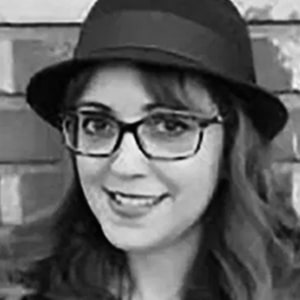






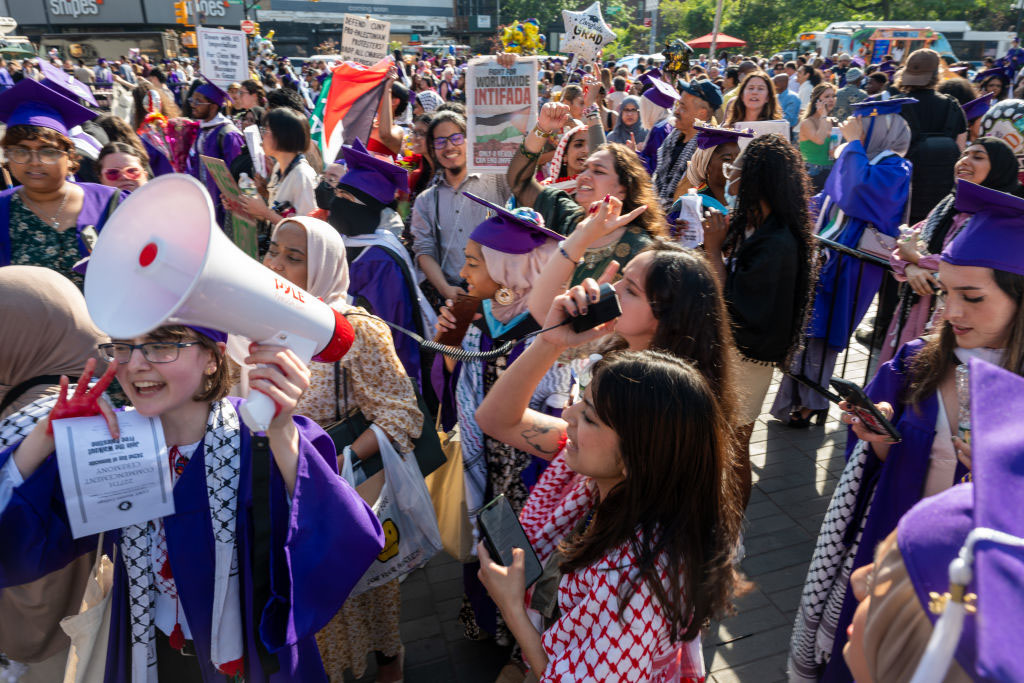
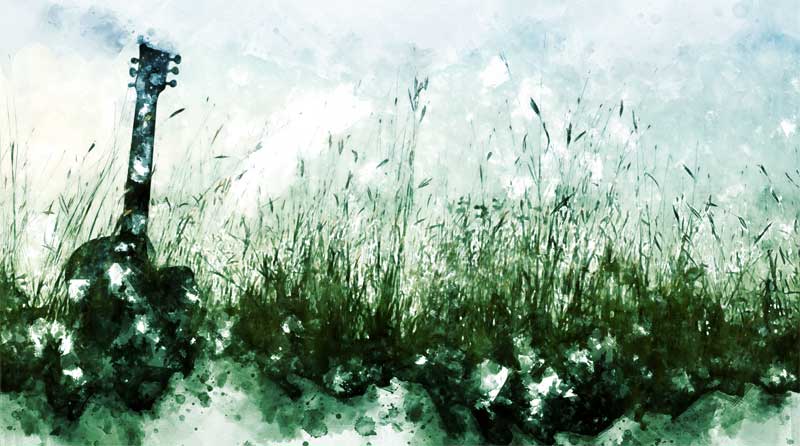
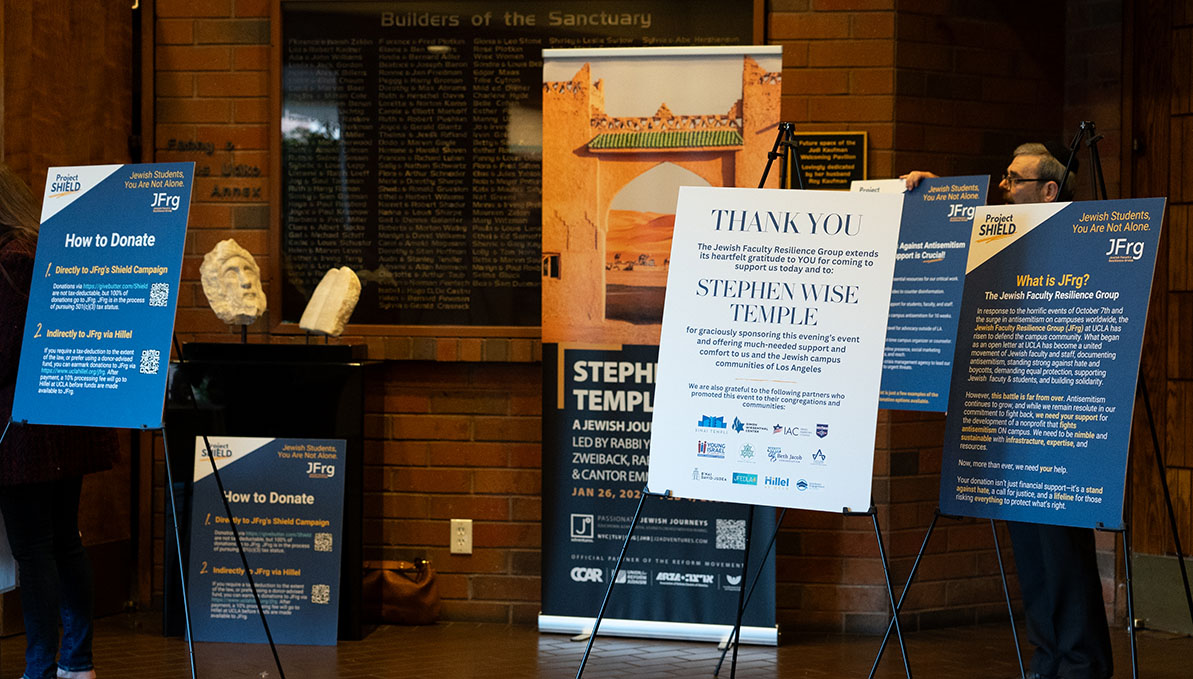



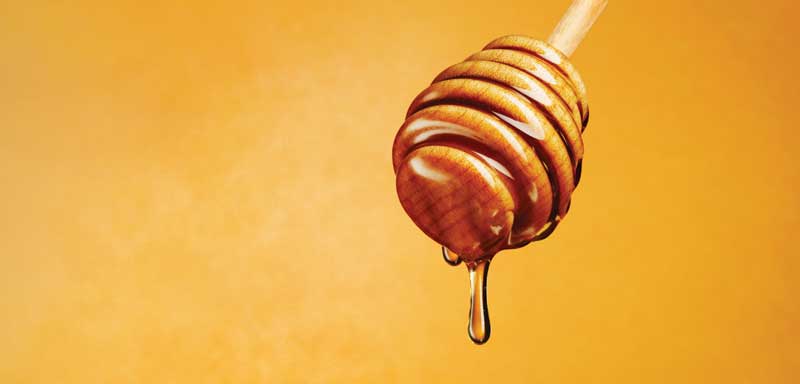
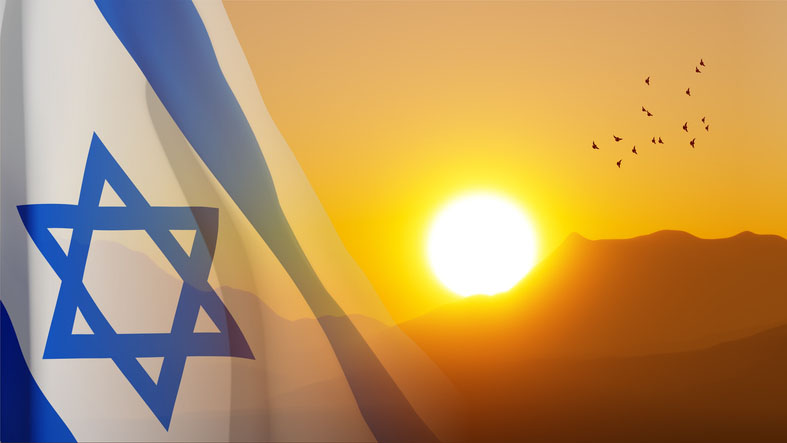
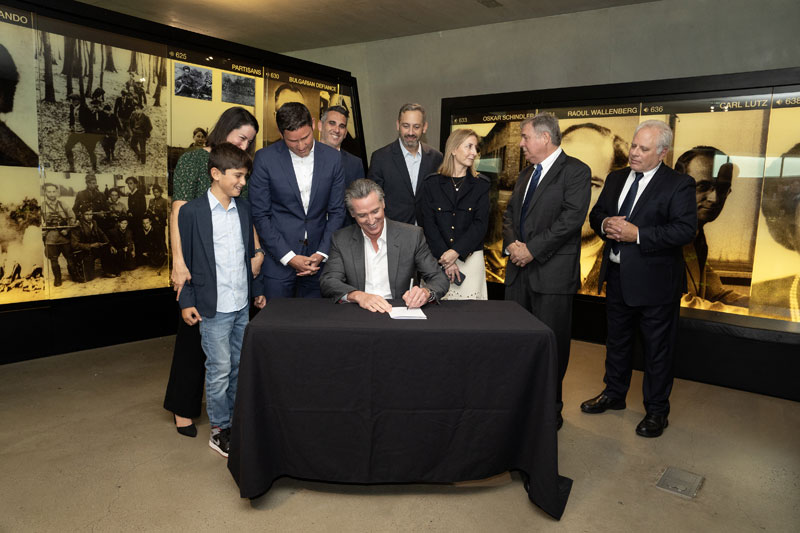
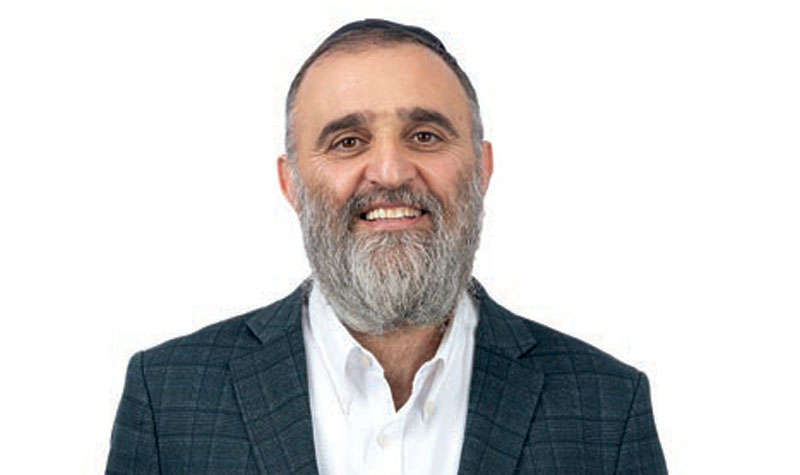




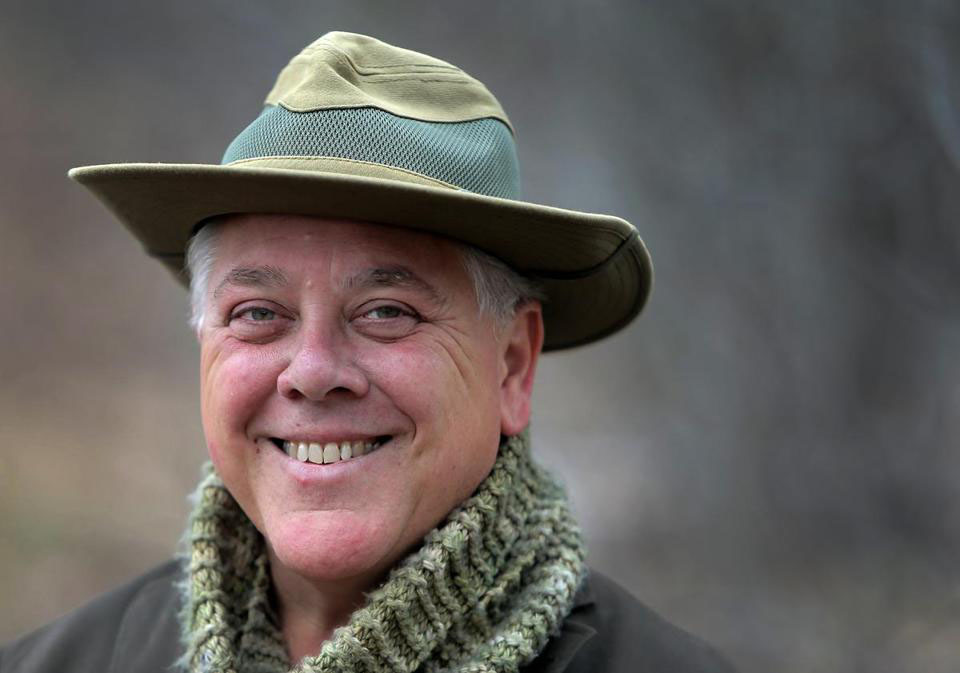
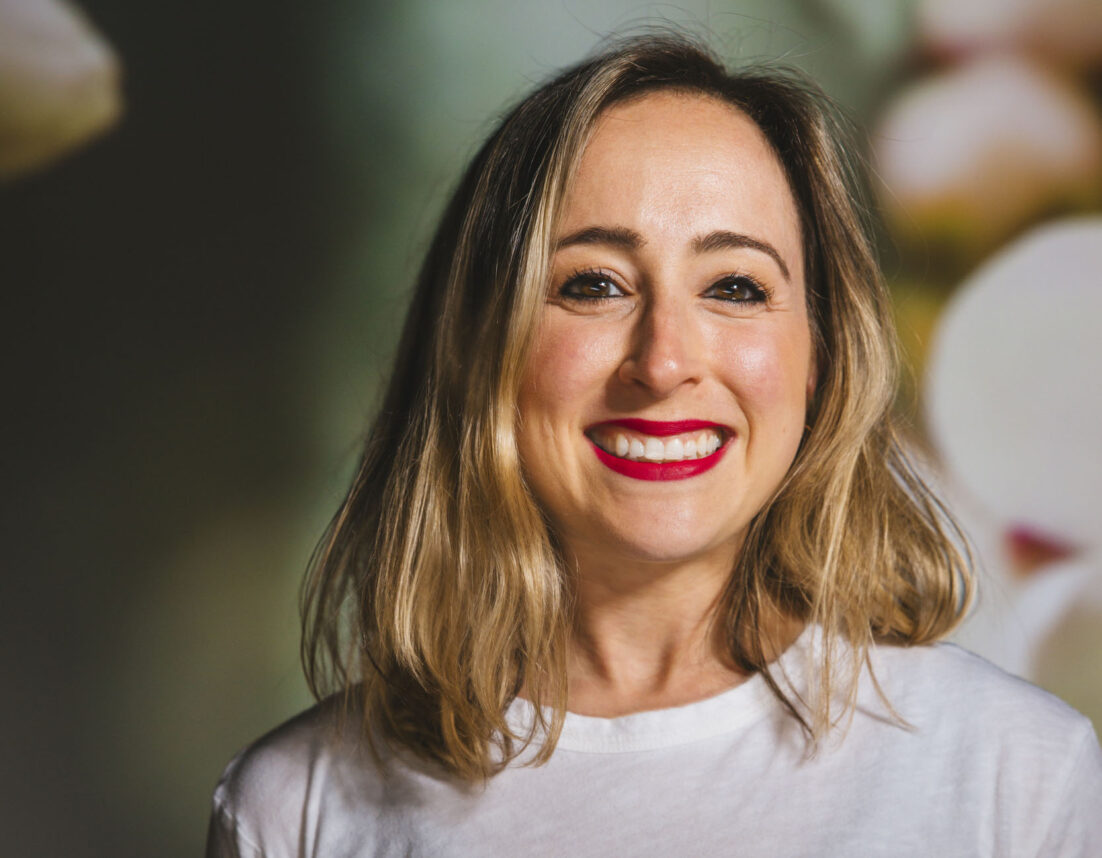
 More news and opinions than at a Shabbat dinner, right in your inbox.
More news and opinions than at a Shabbat dinner, right in your inbox.